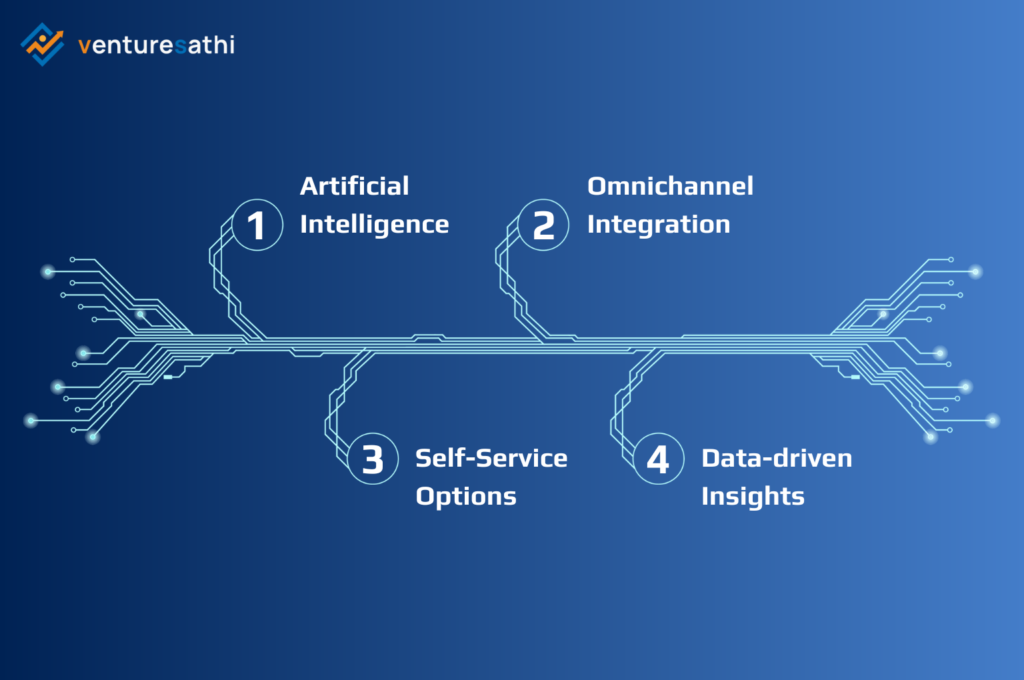Tech-enabled contact center industry is emerging at a faster rate, so customization is key to ensuring seamless operations and enhanced customer experiences. As organizations increasingly turn to enterprise resource planning (ERP) systems to manage their processes efficiently, understanding SAP Z T Codes becomes essential. This blog delves into the significance of SAP Z T Codes in customizing workflows, particularly in the context of contact centers, where the ability to adapt quickly can make all the difference.
What are SAP Z T Codes?
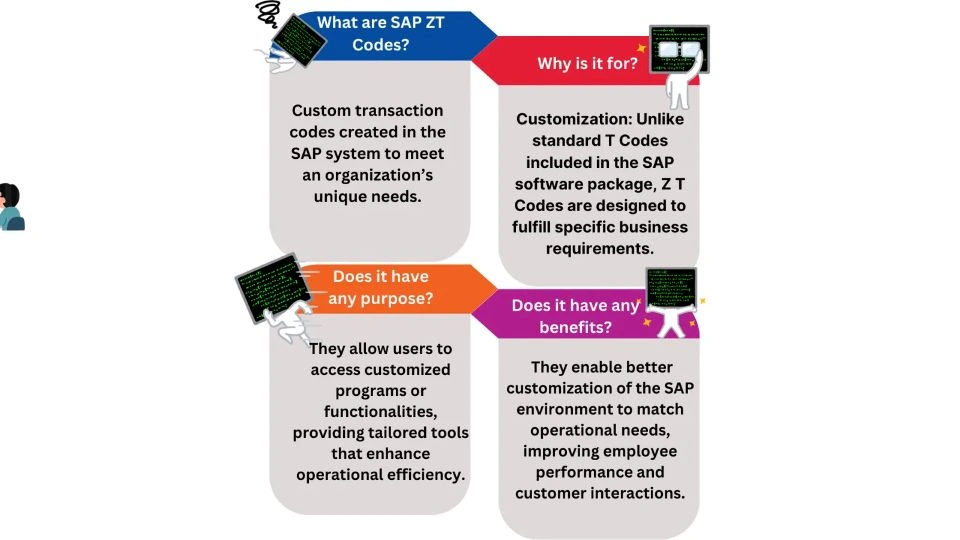
SAP Z T Codes (transaction codes) are custom transactions developed within the SAP system. Unlike standard T Codes included in the SAP software package, Z T Codes are tailored to address an organization’s specific needs. These codes enable users to access customized programs or functionalities tailored to their specific needs, thus enhancing operational efficiency.
In the context of contact centers, Z-T Codes can be instrumental in streamlining workflows, improving data handling, and optimizing communication processes. By utilizing these custom codes, contact centers can tailor their SAP environments to suit their operational needs better, providing employees with tools that facilitate more effective customer interactions.
The Importance of Customization in Contact Centres
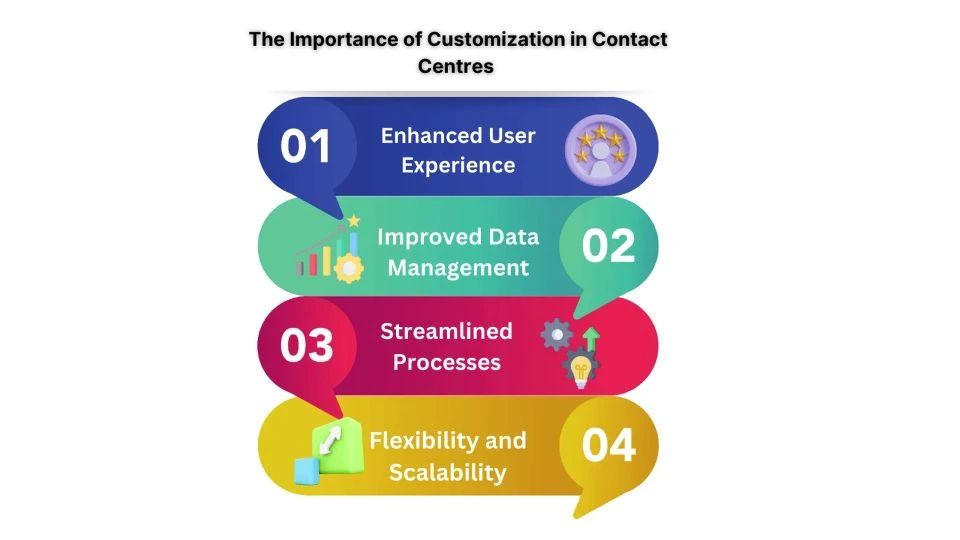
The contact center industry is characterized by its need for adaptability. Organizations face constant pressure to provide exceptional customer service while managing vast amounts of data and processes. Customization plays a vital role in achieving this balance. Here are several reasons why Z-T Codes are essential in this context:
- Enhanced User Experience: Customizing workflows through Z T Codes allows users to interact with the SAP system more intuitively. By tailoring the interface and functions to meet specific needs, employees can navigate the system efficiently, reducing the time spent on routine tasks.
- Improved Data Management: Contact centers handle a plethora of data, from customer interactions to performance metrics. Z T Codes can facilitate customized data entry, reporting, and analysis processes, allowing organizations to manage their data more effectively and derive insights that drive performance improvements.
- Streamlined Processes: Every contact center has unique workflows and processes. By leveraging Z T Codes, organizations can automate repetitive tasks and customize workflows, enabling agents to focus on higher-value activities, such as resolving complex customer inquiries.
- Flexibility and Scalability: The ability to customize the SAP environment with Z T Codes provides contact centers with the flexibility to adapt to changing business needs. Organizations can modify their workflows without major disruptions as they introduce new services or products.
Key Steps to Implementing SAP Z T Codes
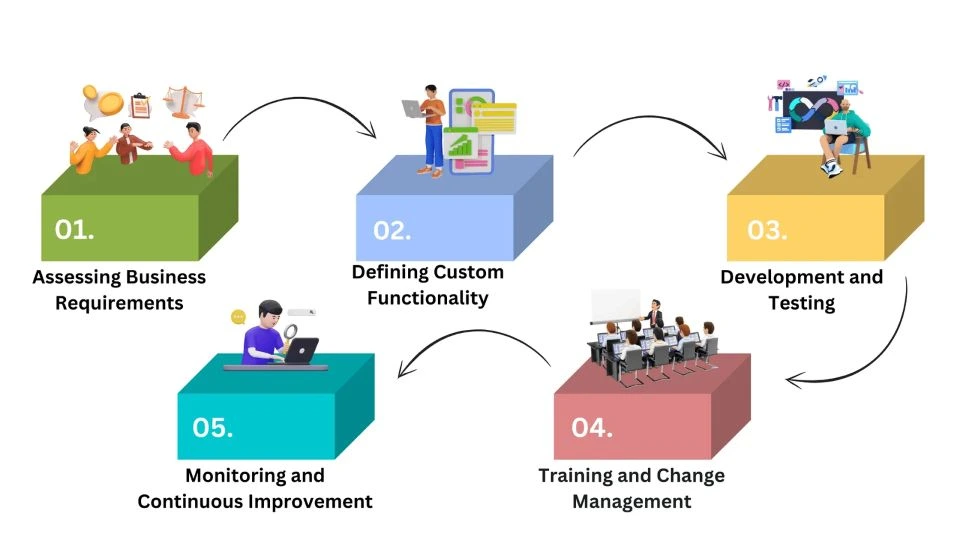
Implementing Z T Codes in your SAP environment requires careful planning and execution. Here are some key steps to ensure successful implementation:
- Assessing Business Requirements: The first step in implementing Z T Codes is to assess your organization’s specific business requirements. Collaborate with key stakeholders in the contact center to identify areas where customization could enhance efficiency or improve customer service.
- Defining Custom Functionality: Once the requirements are identified, define the specific functionalities needed within the SAP system. This could include custom data entry screens, reporting features, or automated workflows tailored to contact center operations.
- Development and Testing: Work with SAP developers to create the Z T Codes based on the defined functionalities. Rigorous testing is crucial to ensure that the custom codes function as intended and do not disrupt existing processes.
- Training and Change Management: After successful development and testing, it’s essential to provide training for employees on how to use the new Z T Codes. Effective change management strategies will help facilitate a smooth transition to the updated workflows.
- Monitoring and Continuous Improvement: Following implementation, monitor the effectiveness of the Z T Codes in improving workflows and performance metrics. Regular feedback from users can inform necessary adjustments or enhancements.
How to Get Started with SAP Z T Codes in Your Contact Centre
- Identify Pain Points: Start by identifying operational bottlenecks or repetitive tasks that can benefit from automation.
- Collaborate with IT: Work closely with your IT team to develop Z T Codes that align with your business requirements.
- Test and Optimize: Implement custom T Codes on a small scale, gather feedback, and optimize them before rolling them out across the organization.
Use Cases of SAP Z T Codes in Contact Centres
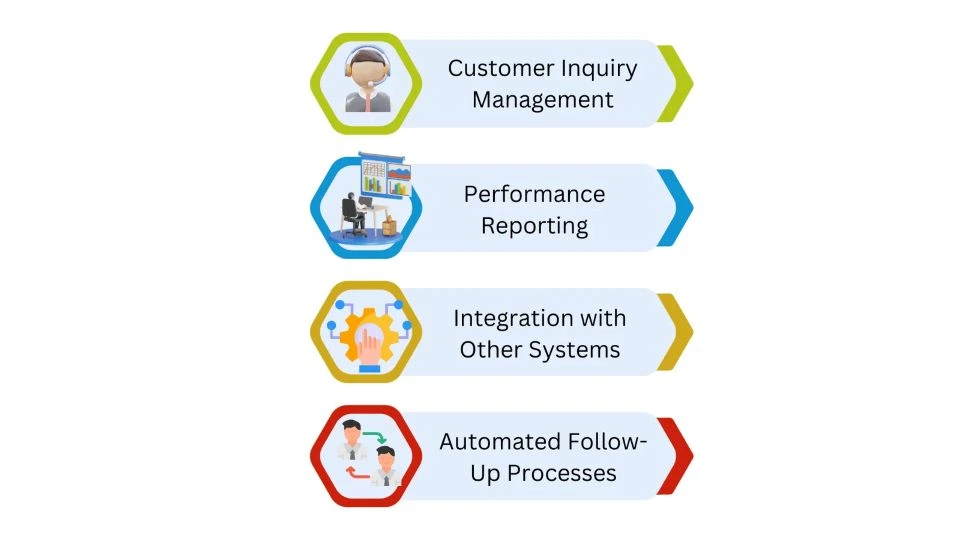
- Customer Inquiry Management: By developing Z T Codes for customer inquiry management, contact centers can streamline the process of logging and tracking customer interactions. Teams can design custom workflows to route inquiries to the appropriate departments, ensuring timely responses..
- Performance Reporting: Custom Z T Codes can facilitate the creation of tailored performance reports, enabling contact centers to analyze key metrics such as average handling time, first-call resolution rates, and customer satisfaction scores. This data-driven approach empowers managers to make informed decisions and implement targeted improvements.
- Integration with Other Systems: Many contact centers use multiple software solutions to manage different aspects of their operations. Developers can create Z T Codes to seamlessly integrate SAP with other systems, such as CRM platforms or workforce management tools, ensuring a cohesive workflow.
- Automated Follow-Up Processes: Automation is crucial for enhancing customer service efficiency. Developers can create Z T Codes to automate follow-up processes for customer inquiries, providing agents with the necessary information and minimizing the risk of missed follow-ups.
The Future of SAP Z T Codes in Contact Centres
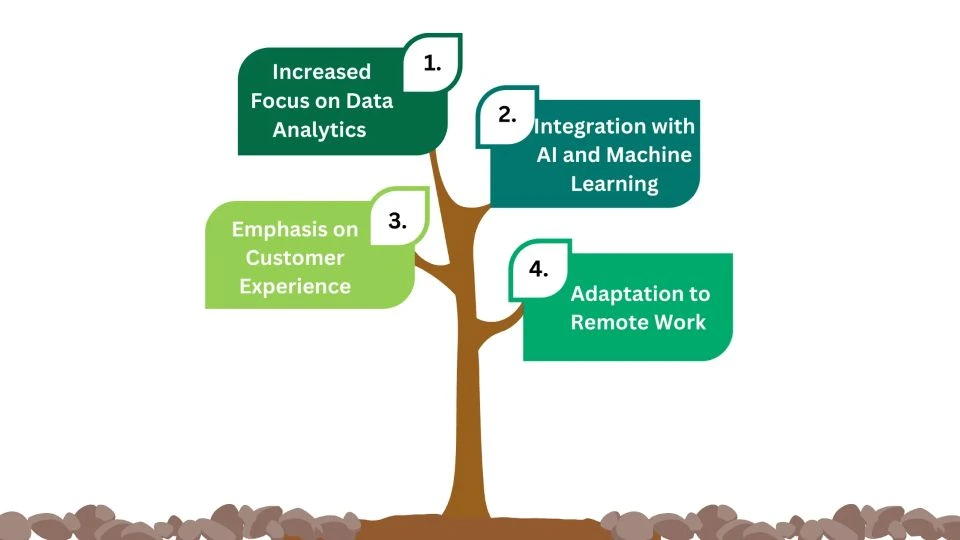
As technology advances, SAP Z T Codes will play an increasingly important role in contact centers. Here are some trends to watch for in the coming years:
- Increased Focus on Data Analytics: With the rise of big data, contact centers will increasingly rely on SAP Z T Codes to develop advanced analytics capabilities. Custom codes will enable organizations to gather, analyze, and visualize data in real time, leading to more informed decision-making.
- Integration with AI and Machine Learning: The integration of AI and machine learning into contact center operations will necessitate further customization of SAP systems. Z T Codes will play a critical role in ensuring that these technologies work seamlessly within the existing workflows.
- Emphasis on Customer Experience: As customer experience continues to be a primary focus for businesses, Z T Codes will evolve to enhance the customer journey. Customization will enable contact centers to deliver more personalized and efficient service, resulting in improved customer satisfaction and loyalty.
- Adaptation to Remote Work: The shift toward remote work in the contact center industry highlights the importance of flexible and customizable workflows. Z T Codes will enable organizations to adapt their SAP environments to support remote teams effectively.
EndNote
In conclusion, SAP Z T Codes are a powerful tool for customizing enterprise workflows in the tech-enabled contact center industry. By enabling organizations to tailor their SAP environments to meet specific needs, Z T Codes enhance user experience, improve data management, and streamline processes. As contact centers continue to evolve, leveraging the potential of Z T Codes will be essential for maintaining a competitive edge in delivering exceptional customer service.
At Venturesathi, we believe that integrating smart, scalable solutions like Z T Codes is key to driving business growth and elevating the customer experience to new heights.

